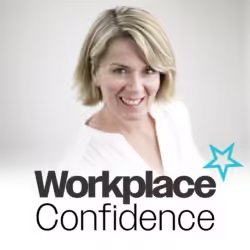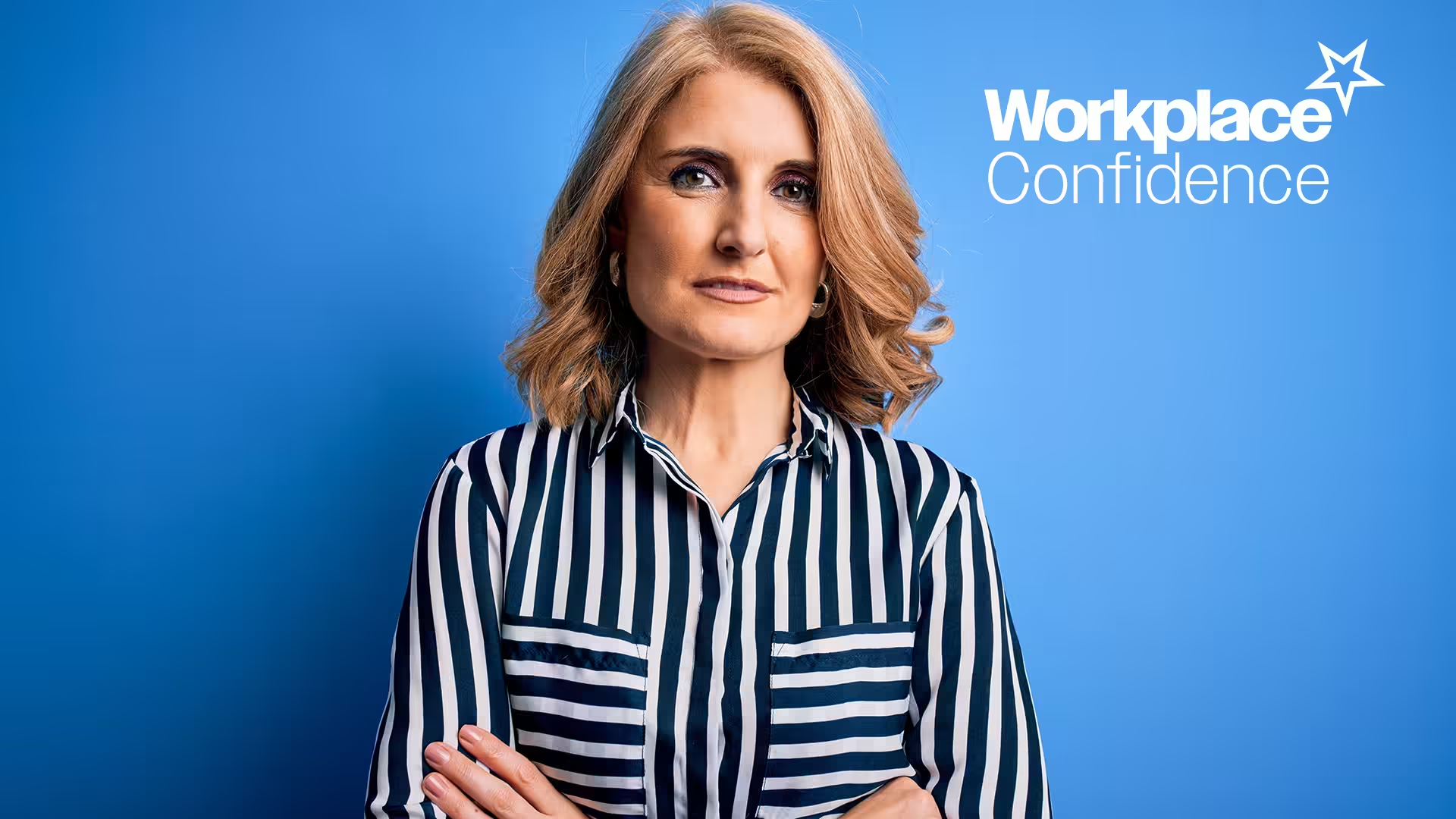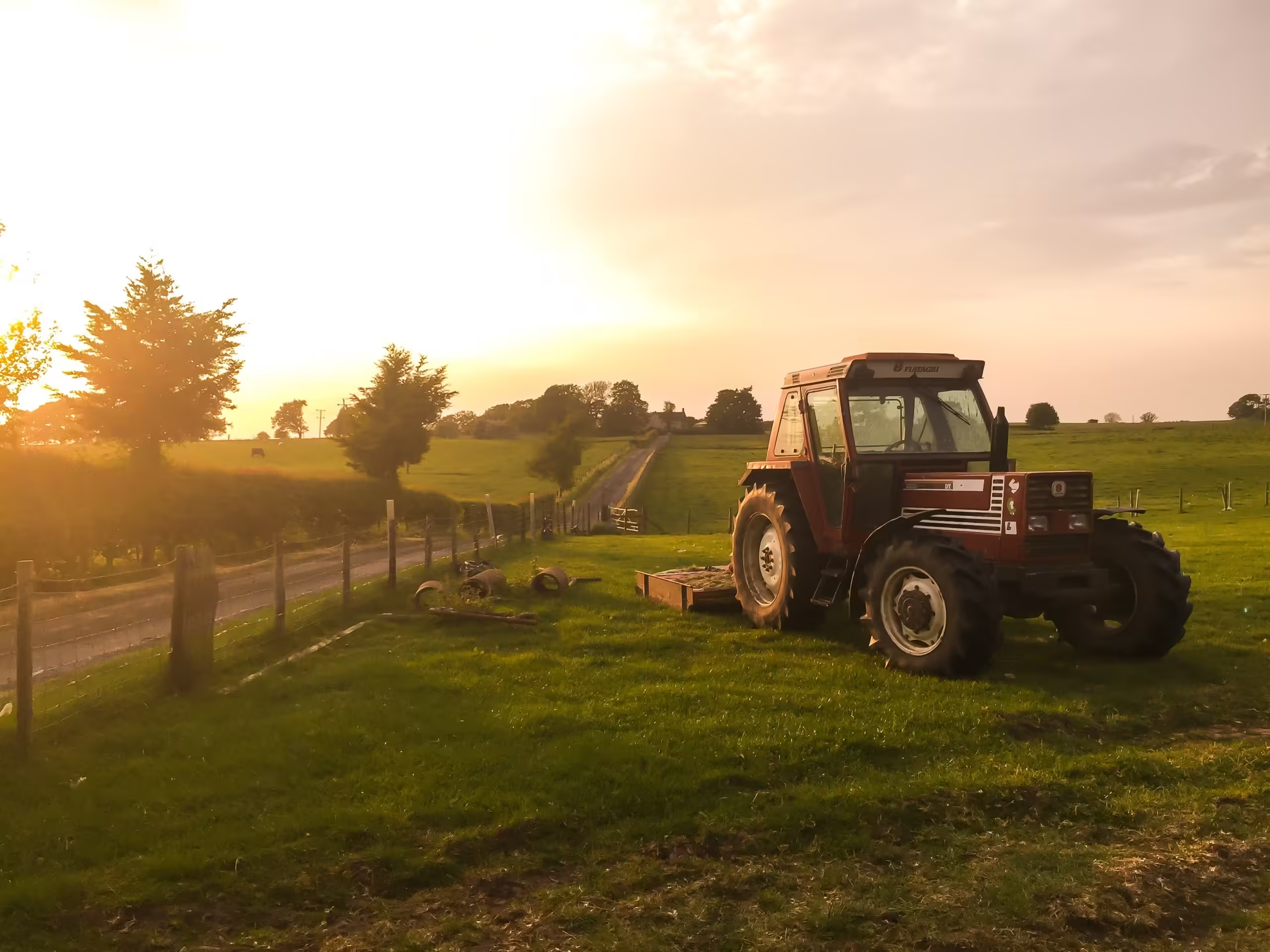
How to build confidence when you don’t have the answers
How to build confidence when you don’t have the answers. Have you ever been dropped into a situation where everyone’s looking to you… And you’ve got no idea what to do?
Not because you’re unprepared or not up to it, but because the answer just isn’t clear. There’s no obvious right move. Just pressure, people and the uncomfortable weight of not knowing.
That feeling? It’s common. Especially if you lead others.
And it’s exactly why building confidence without certainty is a skill worth practising.
Confidence for when you don’t have the answers
In one of our workshops, we use an unusual exercise. Picture a library after an earthquake, books everywhere, shelves collapsed and you’re told you must “thin out the collection.”
No system. No guidance. Just chaos.
What do you do? How do you choose which books to throw away?
Do you keep the classics and ditch the duplicates of Jilly Cooper? Do you throw away anything with a broken spine or that’s simply not been taken out very often? Or do you just start guessing?
At first, people hate it. There’s a lot of blank stares. Some rush in with half-baked solutions. Others fold their arms, waiting for the “real” instructions.
You can feel the tension rising.
That’s the point. It’s uncomfortable by design.
Because leadership often feels like this: messy, unclear, and slightly overwhelming. You want certainty, but it isn’t there. You want the rules, but nobody gives them to you.
And in those moments, the temptation is to take control quickly—decide something, anything—just to make the discomfort go away.
In these situations, remember, true confidence doesn’t come from knowing everything. It comes from trusting that you’ll work it out.

Bit Famous works with businesses and organisations to help them communicate with confidence.
By Penny Haslam
MD and Founder - Bit Famous
FREE resources for leaders and people professionals from Penny Haslam and Bit Famous
Sign up for my awesome Workplace Confidence email
Where people professionals share the great work they do!

Why we crave certainty
We like to know where we stand. Are we right or wrong? Winning or losing? Doing well or failing?
Without those markers, we feel exposed. And that exposure is deeply uncomfortable.
In the library challenge, people often demand the rules. “How exactly are we meant to do this?” they ask. They want certainty before they move. But in life—and in leadership—that’s not how it works.
The higher up you go, the less certainty you’ll find. You’ll be asked questions in meetings without all the data. You’ll need to have tricky conversations where the outcome isn’t obvious. You’ll face strategic choices with no guaranteed right answer.
The leaders who thrive aren’t the ones who always “know.” They’re the ones who can stay steady when they don’t.
How discomfort shows up
When the pressure’s on and the rules are missing, people behave in familiar ways. Some go quiet, hoping to be overlooked. Others get impatient, trying to push through quickly just to make the discomfort stop.
You see the same patterns at work.
- Impatience: rushing to a decision, cutting others off, moving too fast.
- Control: taking over because letting go feels too risky.
- Avoidance: stepping back, waiting for someone else to take the lead.
These responses are the very things that stop creativity and collaboration from happening.
Yet if you hold steady for a little longer, something different emerges. People begin to talk. Ideas get tested. A system—maybe not perfect, but workable—takes shape.
That’s what happens when we learn to tolerate the discomfort.
Confidence isn’t about knowing, it’s about trusting
When you’ve been through these moments a few times, you start to notice something important.
You’ve survived them before.
The awkward meeting didn’t sink you. The difficult conversation didn’t break you. The uncertain challenge? You got through it.
Confidence with uncertainty comes from drawing on that memory bank. It’s the quiet reminder: I’ve been here before, I figured it out then, and I will again.
That’s a different kind of confidence from the “I know everything” act. It’s steadier, quieter, and far more powerful. And when others see you handling uncertainty without panic, they feel more confident too.
How to practise confidence with uncertainty
So how do you actually build this muscle? The library challenge gives us some useful lessons.
1. Name the discomfort
That jittery urge to do something, anything? That’s your discomfort. Say it to yourself: This feels uncomfortable because I don’t know yet. It takes the sting out.
2. Pause before reacting
Our instinct is to rush. To grab control. But a literal breath—a pause—creates space. In that gap, you can respond thoughtfully instead of reacting blindly.
3. Look back before you look forward
You’ve done this before. Maybe not the same problem, but the same feeling. Draw on that track record. Remind yourself you’ve handled it before.
4. Involve others
It’s tempting to push through alone—it feels quicker. But like in the library, the best solutions often come from the group. Invite input. Ask questions. Collaboration strengthens confidence for everyone.
5. Accept that clarity builds
You don’t need the perfect plan upfront. Take the first step. Then the next. Clarity often arrives after you start moving.
What happens if you don’t
When people can’t sit with uncertainty, impatience takes over.
They grab control, push through too quickly, or hold on to work they should delegate. It feels easier in the short term, but in the long term it stifles collaboration and leaves them carrying the load alone.
By contrast, leaders who can model calm in the fog create something different. They permit others to step in. They show that uncertainty isn’t a threat—it’s an opportunity.
That’s where innovation thrives.
Finding the sweet spot
None of this means swaggering into a meeting saying “I’ve no idea what I’m doing.” It’s not about being careless.
It’s about finding the balance between control and chaos.
Yes, you need a plan—but it doesn’t have to be perfect.
Yes, you need knowledge—but you don’t need every fact before you act.
Yes, you want clarity—but you can start before it arrives.
Yes, you want clarity—but you can start before it arrives.
That’s leadership. Not certainty. But self-trust.
Back to the library
Eventually, in our exercise, the group finds a way forward. It isn’t flawless. It isn’t elegant. But it works.
They’ve faced the discomfort, collaborated, and made progress.
And that’s leadership. Not about having the answers in your back pocket. But about trusting yourself and your team to work it out—even when the way ahead looks uncertain.
So next time you feel that uncomfortable itch—the urge to control or rush—pause. Remember the library.
Acknowledge the discomfort. Take a breath. Back yourself.
Because confidence with uncertainty isn’t about being sure of the answer.
It’s about being sure of yourself.
It’s about being sure of yourself.
Spoiler alert! How do you throw away library books after an earthquake? https://99percentinvisible.org/episode/weeding-is-fundamental/













